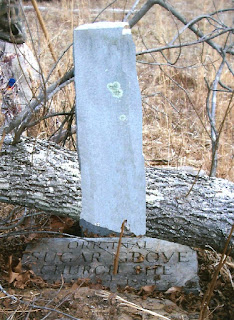Mr. J. N. Dean was a wonderful historian and history writer. I love his wonderful history stories and stories about the colorful and fascinating Dean family. Here is one of his stories about Matt Dean and a logging adventure in the Piney Creek near Deanwood.
Many times in rafting did Uncle Matt or his helpers stumble off into cold, deep water, and have to swim out or be rescued by others.
Logs to be rafted were floated down small creeks into Piney, Tradewater River and on into the Ohio, thence down to Golconda Metropolis or Paducah.
Jim Ellis was a dealer in all kinds of timber, and bought on all these streams.
The logs were usually collected in backwater, along-side-by-side, a whallen (a small tree split open) laid across each side of the raft and fastened by wooden pins to each side of the raft, and fastened by wooden pins to each log.
There were often 50 or more logs in a raft. It required two or more men to float the raft down stream.
Spike poles (a 12 foot pole with a spike and hook combined and fixed at the end) was used to pull or push the raft from trees and other obstructions along the stream. The speed was slow in backwater, but in head water, though faster, it was more difficult and dangerous.
Mr. Ellis devised a two-wheeled log wagon. These wheels were about 12 feet in diameter, and the logs were swung under the axle, and the front ends lifted by a device that secured them. With three or four yoke of oxen he could haul-in the largest logs, some of them six feet in diameter.
When this monster of a wagon went from Weston over the old Flynn Ferry road, it created more excitement among the country people than a circus.
An old photo of one of Crittenden County's giant trees being hauled on a wagon and pulled by many oxen.










